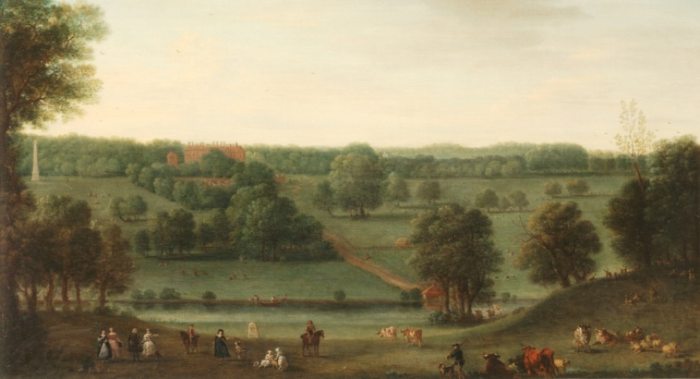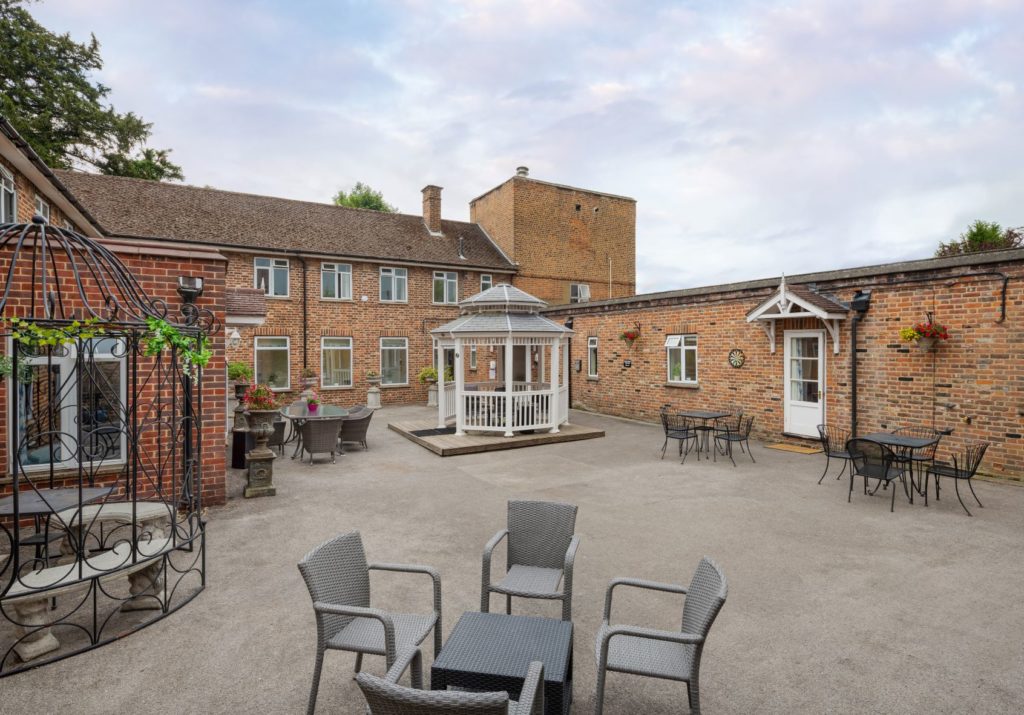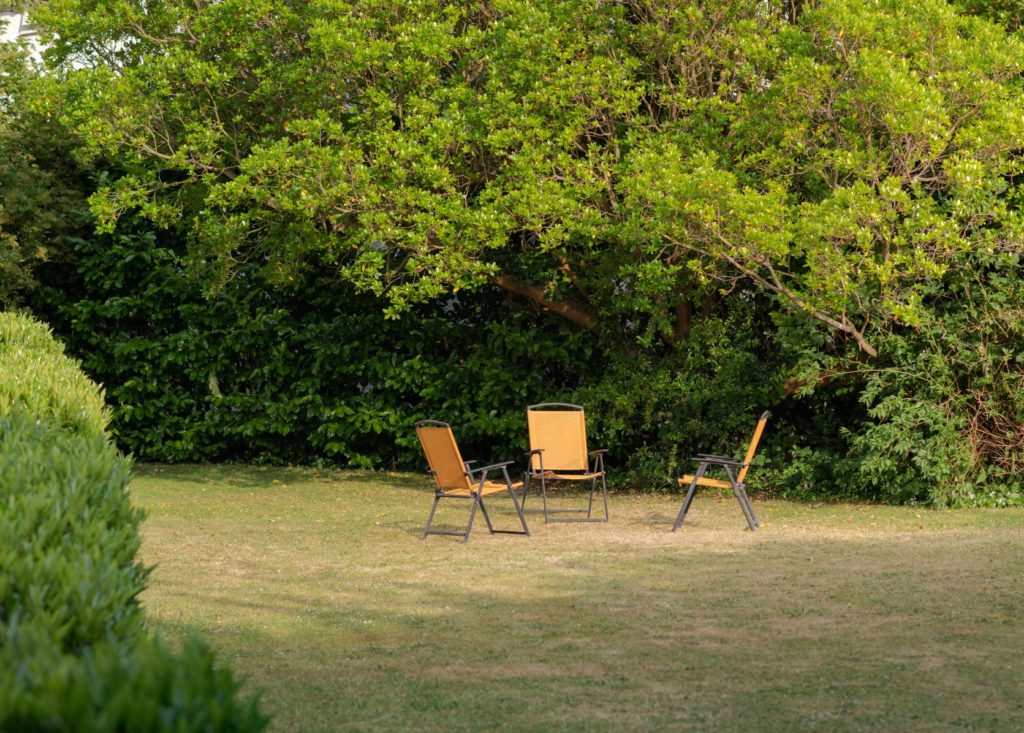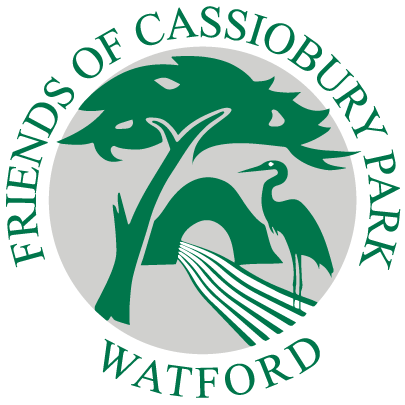History
The name “Cassii” or “Cashio” was believed to be derived from a pre-Roman tribe that inhabited the area. This term, taken with the Saxon word “Bury” for a fortified settlement, was believed to be the reason for the origins of the name Cassiobury. However, more recent work has concluded that it is probably derived from an Anglo-Saxon man’s name “Caeg” with “hoh” (a spur of land). This gives the earliest known name as “Caegesho”, which appears in medieval charters. By 1509 it had become “Cayeshoobury” and by 1544 “Casshobury”
The manor of Cassio (or Casshio), which was owned by the Abbey of St Albans, was mentioned in the Domesday Book in 1086.
In 1546 Henry VIII granted Cassio to Richard Morison, who started to build the house, but died before it was finished. His son Charles oversaw the completion, and the house was passed down the male line until 1628 when Elizabeth Morison married Arthur, Lord Capel of Hadham. The estate remained in the ownership of the Capel family until it was sold in 1922.

Elizabeth and Arthur’s son, Arthur, was made Viscount Malden and Earl of Essex in 1661. He employed the gardener Moses Cooke to set out formal gardens, and the house was extensively remodelled in the early 1700s by the architect Hugh May.
Gardeners Charles Bridgman and Thomas Wright both worked on the estate in the 18th century, and Humphry Repton was commissioned to landscape the park in the late 18th century. As part of this work, a number of lodges and other buildings were built, and designed by Sir Jeffrey Wyattville. One of these, Cassiobury Lodge, still survives.

The Earls of Essex occupied Cassiobury for more than 250 years. When the 6th Earl died in 1892, it was clear that little maintenance had been carried out on the house in the previous fifty years, consequently, many of the family paintings and other valuables were sold to provide funds. By 1900 the house had ceased to be used as a permanent residence, and in 1908 parts of the estate were sold off. The Urban District Council paid £24,500 for 65 acres in 1909, to add to some land which had been purchased in 1908, and added a further 25.5 acres, costing £7,000, in 1912, to create a “people’s park and pleasure ground.” More land was purchased in 1923 and 1930, the West Herts Golf Course was bought in 1932 and Whippendell Wood in 1935.
Sadly, by this time the house had been demolished, 1927 saw its demise. The grand staircase is on display in the Metropolitan Museum in New York. Construction of the present-day Cassiobury residential estate began soon afterwards and the old stable block was converted into Cassiobury Court on Richmond Drive,
The entrance lodge to the park and its gates were demolished in 1971 when Rickmansworth Road was widened.
So the most substantial remnant of the house that we now have is Cassiobury Court. It was the old stable block of the estate and as an outhouse luckily survived the demolition of its parent building. Cassiobury Court has had a number of uses over the years from a riding school to an old people’s home. Today it is a drug and alcohol rehabilitation clinic. Whilst the Grade II listed Cassiobury Court is understood to date back to the early 1800s, technical analysis in 2010 actually revealed that the property’s internal structures are much older, dating back to the late 1600s.



Watford Museum has a permanent gallery dedicated to Cassiobury on display.
Most text on this page is courtesy of Watford Borough Council and photos are courtesy of Watford Museum and Cassiobury Court.
For further information on the history of the park, we suggest you go to the following sites:
Watford Museum – Cassiobury Park History
This website of Britain from above has some interesting aerial shots.
